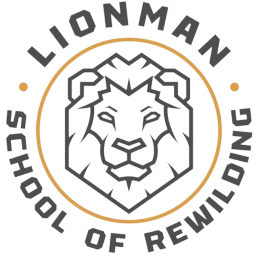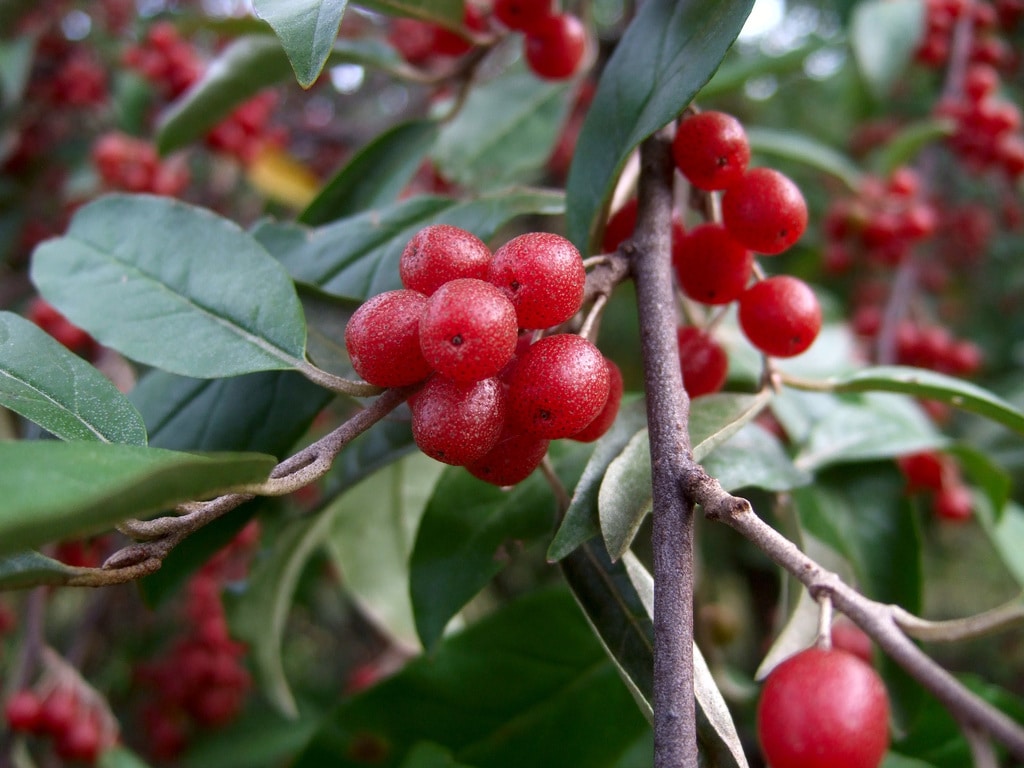Freeing the Inner-Child from the Pressures of Normalization Forces
Written by: Max Gordon
“It is an often-repeated number that about 30 species of plants are eaten by a typical American in one year… The Hausa foragers of West Africa utilized 119 food plants.” – Arthur Haines.
When I work with children in the local forests, a sense of happiness and awe fills my being. Our activities include fire-making, shelter-building, story-telling, and medicinal tea preparations. All of these are vital in this time of chaos. Over the last few weeks of late winter in the northeast, we’ve combined different tree barks with maple sap – which we gathered from the ansikëmès (maple trees in the Lenape language) to make a delicious and revitalizing beverage that is part of being within the natural cycle of the year. (1)
I’m looking forward to the next few weeks when we can add to our repertoire the tender plant shoots that are just emerging on the forest floor, which we will enjoy over a fresh campfire in a cast iron pot and slathered in butter from grass-fed cows Why do we enjoy consuming these out-of-the-box wild plants? For one, they often offer more phytochemicals to the human body than cultivated vegetables. (2) Some examples of these “phytochemicals” include polyphenols, glycosides, and alkaloids, all of which benefit our immune systems. (3)
“In ancient, prehistoric times, the temples of the spirit were outwardly visible, but today, when our life has become so unspiritual, they no longer exist where we can see them with our physical eyes. Yet spiritually they are still present everywhere, and whoever seeks can find them.” – Rudolf Steiner.
I rarely speak of specific nutritional details to the children, but I do enjoy sharing some history. A local example of a wild vegetable that grows in our forests is garlic-mustard, or Allaria petiolata (Bieb.) Cavara & Grande. Garlic mustard has been used as a food and a condiment by European indigenous groups for thousands of years. There is evidence for using this plant when we examine the pottery belonging to the Ertebølle culture that goes back 7,000 years. (4) Yet this plant has nearly been forgotten as a food in the northeast of North America. It even goes further, with scientists demonizing the plant and calling it an “invasive plant.” Yes, it does emit allelopathic chemicals that alter the soil chemistry and prevent other plants from growing. (5) But so does the industrial production of non-native lettuce (Lactuca sativa) in California, for example, occupied 206,000 acres or 83,365 hectares as of 011. (6)
Our group moves around the landscape in various ways. We always walk, sometimes through treacherous creeks or up winding cliffs, but always with a purpose. When we visit a local biodynamic orchard, I say, “Young ones, this too is important! We must replant the food forests of the world.” We then talk about the trees’ uses, where they originate, and how we can care for them.
At the beginning of each class, we sit around in a circle. Next, we share what each of us is grateful for. All I have to say to the group is, “Who’s going to be the first to share what they’re grateful for?” The children’s eyes get huge, and they begin jumping up and down, ready to talk. One child will say, “I’m grateful for the snow, that we all have food, and that the stream is flowing.” The next will say almost the same thing as the previous child! I usually go last, and I’m laughing the whole way.
“Being naturalized to a place means to live as if this is the land that feeds you, as if these are the streams from which you drink, that build your body and fill your spirit. To become naturalized is to know that your ancestors lie on this ground. Here, you will give your gifts and meet your responsibilities. To become naturalized is to live as if your children’s future matters and take care of the land as if our lives and relatives depend on it. Because they do.” -Robin Wall Kimmerer
When working with the children, I try to impart a conservation ethic rooted in indigenous wisdom and modern science. One of the reasons why we must draw from the original Indigenous communities is because they have what is known as “place-based knowledge.” For example, the Indigenous peoples in Australia — who have lived and created bounty on the continent for over 50,000 years or over 1,700 generations of human beings – do have something to say about the importance of setting low-intensity fires to not only preventing wildfires but also for increasing plant health and regeneration. (7
I heard something from a colleague who does similar work, which I would like to share. He said, “My goal is to rid myself of a job in the future.” He meant that in traditional societies, everybody had a rich, complex, and broad awareness of their environment. Therefore, there was no need for a specialized “teacher of nature-skills”. In other words, we need to start measuring our “nature literacy” because we lack knowledge of local plant names in the West. (8)
I hope the children will have positive experiences in the local forests, streams, and meadows. We can measure (qualitatively and quantitatively) a young person’s ability to pass specific mathematical knowledge requirements, enjoy life, give back wealth in different grounded forms, and protect life around and within them through proactive and creative processes. Some of these can be found in moments like learning the local bird language and cultivating a sense of small-scale organic orcharding.
I love the work I do, and every day, when I step outside barefoot, I look around in wonder and say thank you.
Work Cited:
- https://www.talk-lenape.org/results?query=maple
- https://www.ars.usda.gov/ARSUserFiles/1718/PDF/2000/AntioxidantwildRubus.pdf
- http://www.greenpharmacy.info/index.php/ijgp/article/view/600
- https://www.eurekalert.org/pub_releases/2013-08/plos-prr081513.php
- https://bsapubs.onlinelibrary.wiley.com/doi/full/10.3732/ajb.91.2.285
- https://apps1.cdfa.ca.gov/FertilizerResearch/docs/Lettuce_Production_CA.pdf
- https://www.cnn.com/2020/01/12/world/aboriginal-australia-fire-trnd/index.html
- https://pubs.acs.org/doi/abs/10.1021/es070837v
Follow us through our ReWilding Journey here: https://lionmanrewilding.com/

